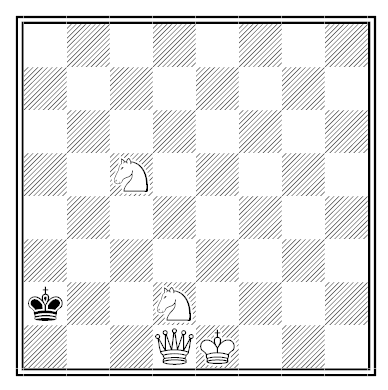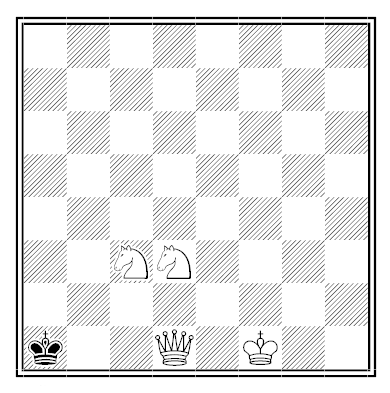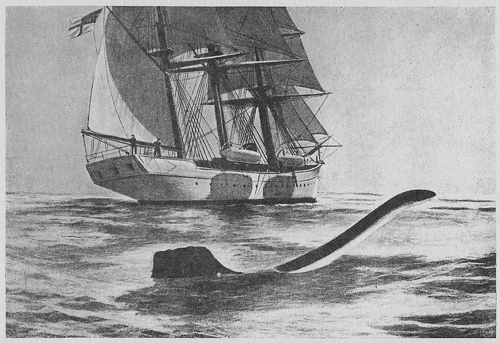After losing a bet in April 1864, shopkeeper Reuel Gridley carried a 50-pound sack of flour through the little town of Austin, Nev. In a saloon afterward, someone proposed selling the flour at auction for the benefit of wounded Union soldiers. The suggestion was adopted on the spot, and the winning bid, $250, came from a local mill worker.
When Gridley asked where to deliver the sack, the man said, “Nowhere — sell it again.”
Thus was born a unique enterprise: Three hundred people paid a total of $8,000 for the same sack of flour that day, and soon Gridley went on tour through other Nevada mining towns, raising tens of thousands of dollars by selling it repeatedly. By the war’s end he had extended the tour through California, New York, and St. Louis and raised $150,000, a fortune for the time. Mark Twain wrote, “This is probably the only instance on record where common family flour brought three thousand dollars a pound in the public market.”



